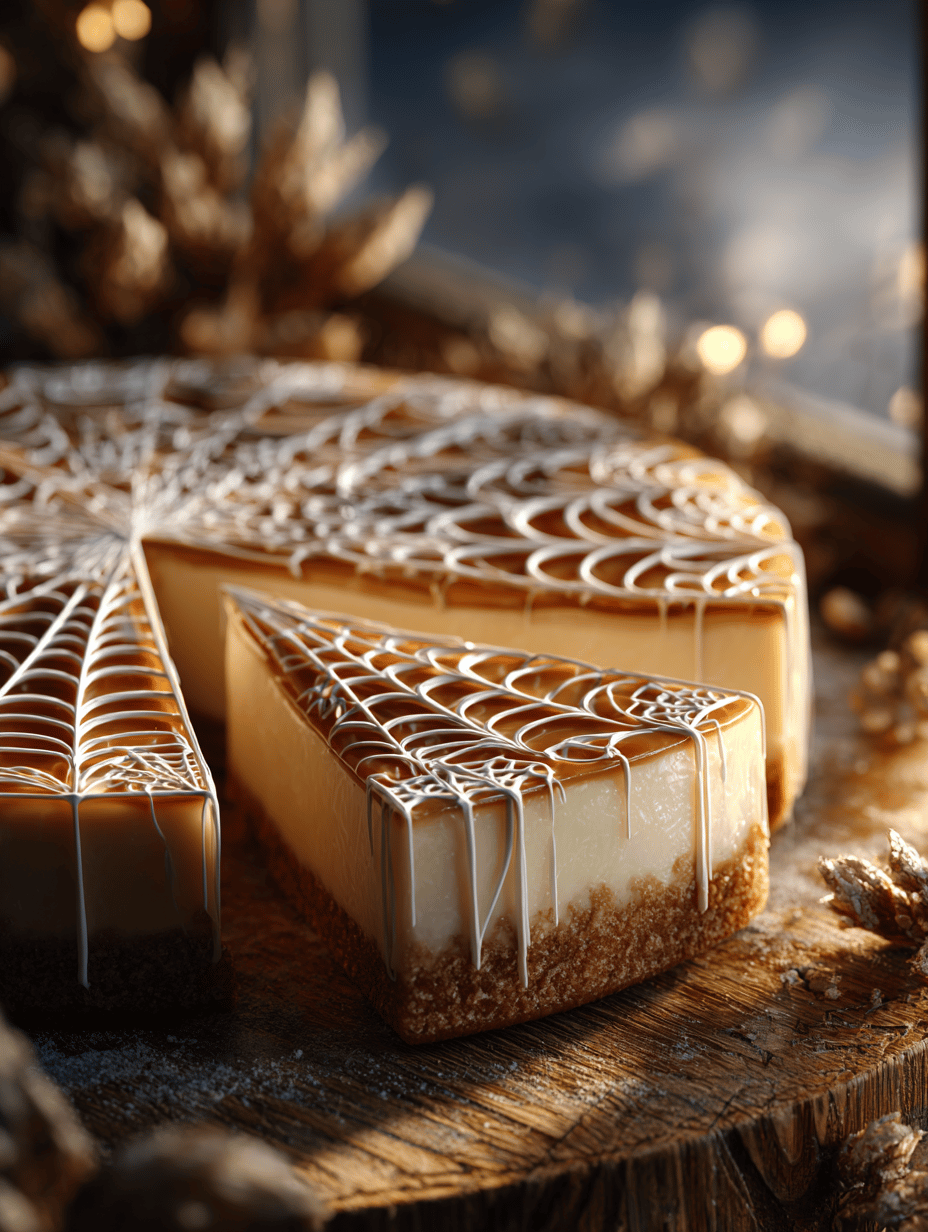Ingredients
Equipment
Method
- Preheat your oven to 160°C (320°F).
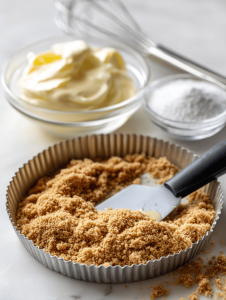
- Crush the digestive biscuits into fine crumbs using a food processor or by placing them in a plastic bag and crushing with a rolling pin.
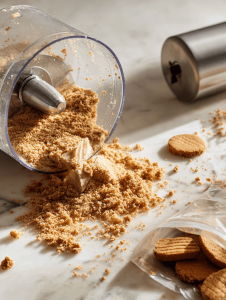
- Mix the biscuit crumbs with melted butter until evenly coated and the mixture resembles wet sand.
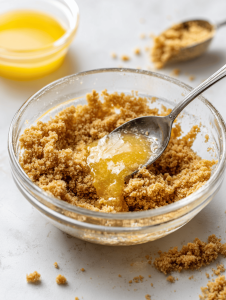
- Press the crumb mixture firmly into the base of a 20cm springform pan, smoothing it out with the back of a spoon or a flat spatula.
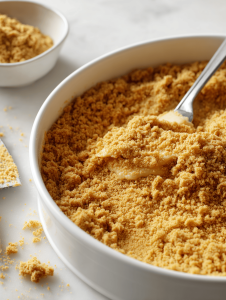
- Bake the crust for 10 minutes until lightly golden, then set aside to cool.
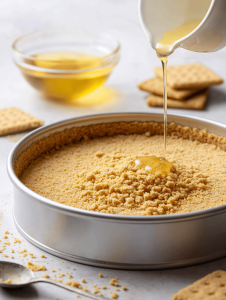
- In a large mixing bowl, beat the softened cream cheese with granulated sugar using an electric mixer until smooth, creamy, and fluffy—about 3-4 minutes.
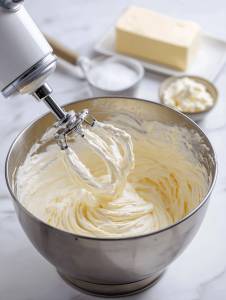
- Add eggs one at a time, mixing slowly after each addition to keep the filling smooth and prevent cracks.
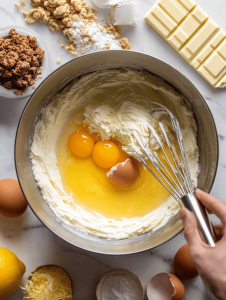
- Stir in vanilla extract and lemon zest, if using, to brighten the flavor of the filling.
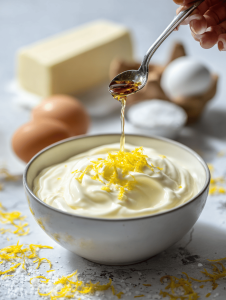
- Pour the filling over the cooled crust, smoothing the top with a spatula.
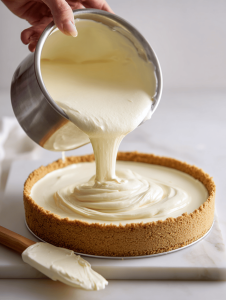
- Bake the cheesecake for 55-60 minutes until the edges are set but the center still jiggles slightly when gently shaken.
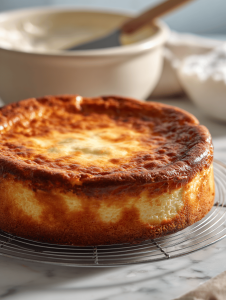
- Remove the cheesecake from the oven and let it cool in the pan with the door slightly open for 1 hour to prevent cracking.
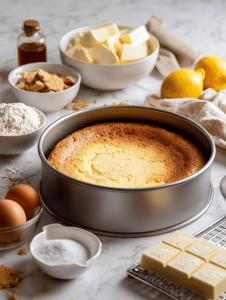
- Chill the cheesecake in the refrigerator for at least 4 hours or overnight to ensure it’s fully set.
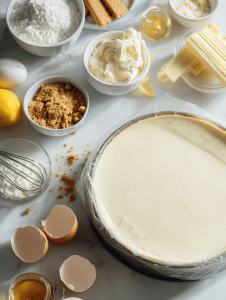
- Prepare your melted white chocolate and let it cool slightly until it’s warm but not hot.
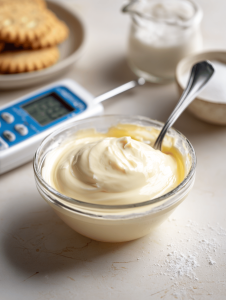
- Spread a thin layer of melted white chocolate over the top of the chilled cheesecake, then allow it to set for a few minutes.
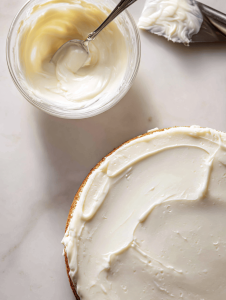
- Using a toothpick or skewer, draw concentric circles and radial lines over the chocolate surface to create a web pattern, starting from the center and working outward.
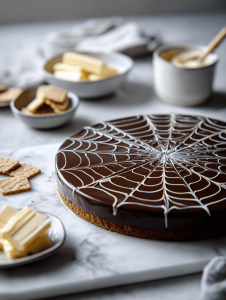
- Once the web pattern is complete and the chocolate is set, slice the cheesecake carefully and enjoy the stunning, creamy dessert with a beautiful chocolate web.
Notes
Ensure the melted chocolate is cooled enough so it doesn't melt into the filling when creating the web pattern. For a more striking contrast, use dark chocolate for the web.
